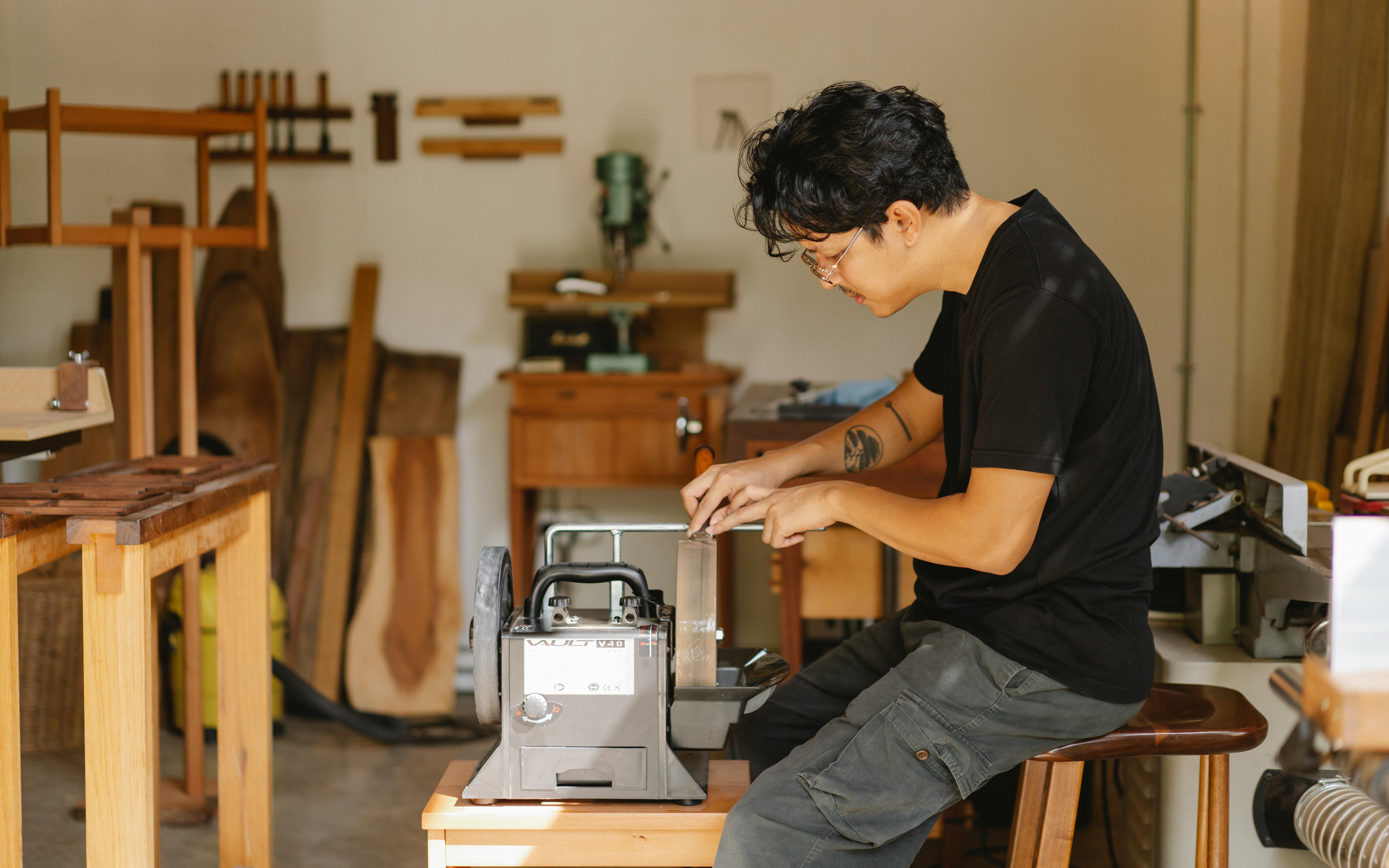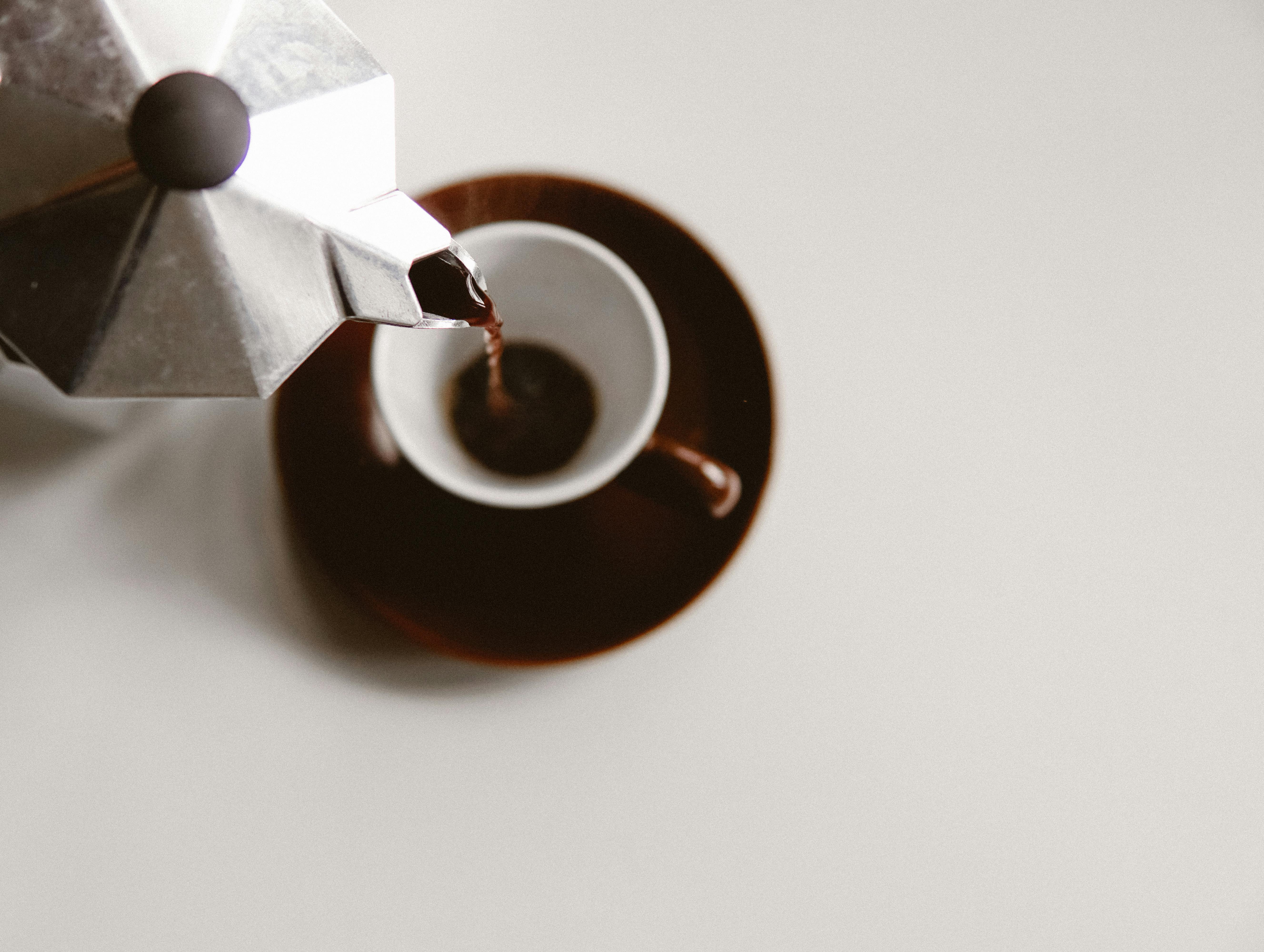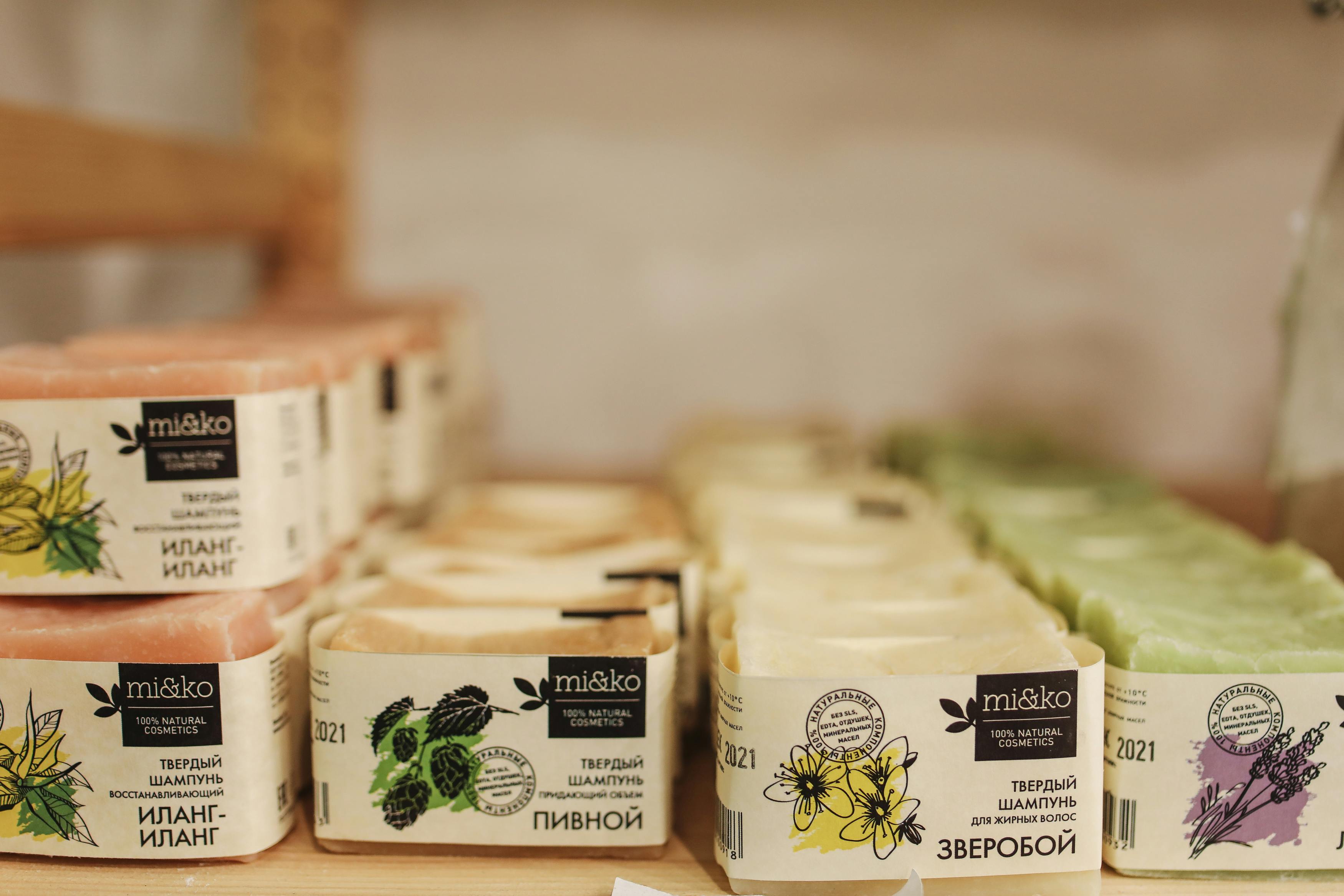Ochna serrulata makes an interesting outdoor bonsai for growers in Zones 14-24, or anywhere with winter protection. Its foliage is attractive as the leaves change color throughout the seasons, its flowers are showy, and its seed formation is unique. This evergreen shrub from South Africa has a slow-growing, spreading habit and a trunk that can develop the character traits desired in bonsai cultivation.
Ochna serrulata prefers soil that is slightly acidic and should work well in most bonsai mixes. A balanced fertilizer should be used most of the year, paying attention to iron to maintain the deep green color of the leaves. As winter approaches, switching to a 1-5-5 fertilizer will reduce leaf sprouting during the colder months while providing the right balance to maintain root health and prepare for shoot development. flower buds. As with most bonsai that require iron, I like to add a couple of non-galvanized washers or spent nails to the soil mix. Acidic soil promotes iron oxidation by providing a satisfactory iron chelate for the plant.
Ochna serrulata has long-lasting, fine-toothed oblong leaves that are bronze in color when the plant sprouts new growth during spring, which then changes to a deep rich green as the leaves mature. The serrated leaves are barbed, but they are smooth barbs, pleasing to the eye and easy to handle. The flower buds are held close to the stem and will develop into bright yellow buttercup-like flowers in early summer. The flowers themselves are very attractive, but the spent flowers are unique. The yellow flower petals will abscise, but the sepals will remain and slowly turn deep red. Seeds of green fruits will develop from the center of the red sepals, which mature to a bright, vivid black. When the fruits have ripened, the appearance of the black fruits against the red sepals closely resembles the eyes, ears and nose of a mouse. This is why the plant is often referred to as the “Mickey Mouse Plant,” and one of the reasons young and old alike love it.
When pruning Ochna serrulata, the shape and structure of the plant must be considered. Pruning is necessary to regulate growth and remove root suckers and trunk shoots emerging from dormant buds. You’ll also want to thin out overly dense branches of the miniature canopy that can reduce air circulation and light reaching the flower buds. To increase the height of the bonsai, pinch or cut the growing tips of the side branches. To increase fullness, pinch or cut off the terminal buds at the end of the branches. The location of the cuts is important. If it is too close to the vegetative bud or flower spur, the bud or spur may die. If you’re too far from the point where you want to induce growth, you’ll be left with a dormant chunk that, lacking metabolic activity, will typically shrivel, dry out, and abscissa, leaving dead tissue that can leave an entry point for disease. In most cases, the cut should be about a quarter inch from the bud you want to encourage, and the cut should be made at a forty-five degree angle so that the apex of the cut is above the bud.
I want to stress the importance of a sharp tool for all garden pruning, be it a pruning shear, shears or saw. Nice clean cuts will shut up quicker and easier than jagged cuts that have torn through the bark. If the cuts are clean, the active cells in the cambium layer of the stem or branch will grow inward and carefully close the open wound. (While writing this short article on Ochna, I realized that perhaps more comprehensive information on plant pruning in general should be the subject of future articles.
Because Ochna serrulata likes some shade for best performance, it should make a great bonsai for any non-south facing balcony in Zones 14-24, or anywhere with winter protection. With attractive foliage, showy flowers, and unique seeds, this slow-growing shrub can be trained to develop the character traits desired in a bonsai subject.
Copyright: Gilbert Foerster/2010



